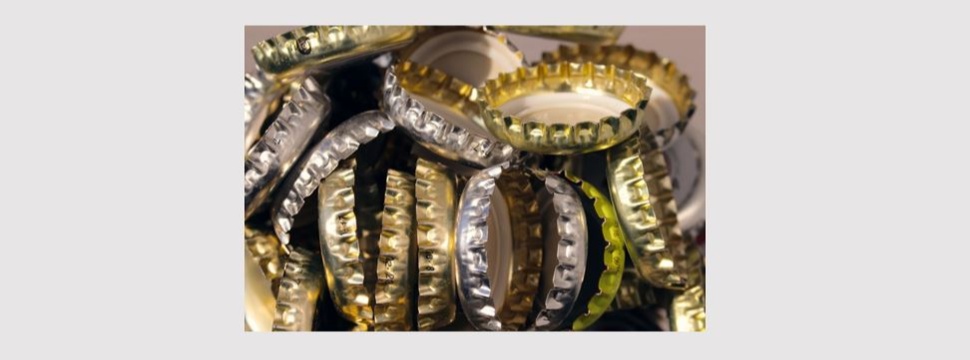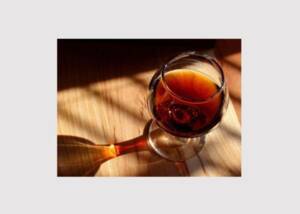Crown caps are Sleep Caps
News News blog
A crown cap is a circular piece of sheet metal with a crown-shaped bent edge and a polyethylene sealing insert. It is used to seal beverage bottles in an airtight and neutral-tasting manner.

The crown cork was patented by William Painter (1838-1906) of Baltimore in 1892. He already called his invention "Crown Cork". It was first used on beer bottles in the USA, largely replacing the swing stopper, as it is much cheaper to produce and the capping process is much faster.
The usual crown cork has 21 prongs; originally there were 24 prongs. One reason for the change was a reduction in the bottle neck diameter. In addition, crown corks with an even number of prongs tilt more easily because two prongs are exactly opposite each other in this way.
In the field of bottling and production, crown cork closures are also known as sleep caps. The term originated at the end of the 19th century, because at that time the sleep caps had a serrated cut, similar to that of crown caps. Especially in the field of production control, people still speak of "sleep cap control".










